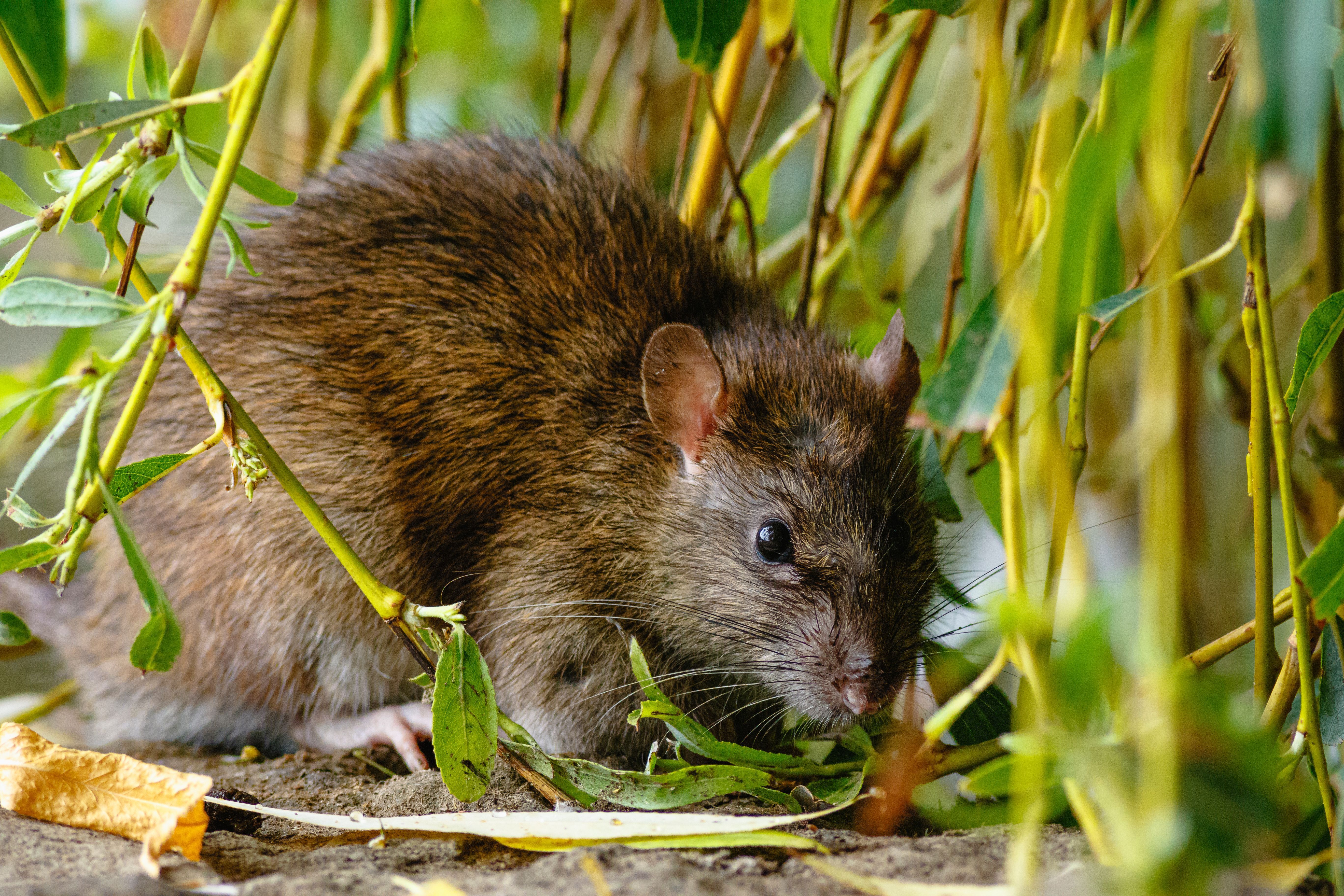Top Strategies for Rat Removal in Your Yard

Rats
can quickly turn a peaceful backyard into a serious crisis. These tenacious vermin search for food, water, and shelter, and there are few better sources than a human home’s back yard. The good news? With the right steps, you can make your property far less attractive to them and know when it’s time to call in the professionals for rat removal.
Will Regular Yard Cleaning Help With Rat Removal?
Yes! A clean, well-maintained yard is one of the best defenses against rat infestations. By trimming overgrown plants, clearing leaf litter, and removing debris, you reduce the conditions that make your yard so enticing.
- Ground cover: Dense vegetation such as ivy or pachysandra provides perfect hiding spots. Removing or thinning these plants supports long-term rat removal.
- Trees and shrubs: Keep branches trimmed away from your house to stop rats from climbing onto your roof and exploring potential entry points.
- Water sources: Unlike mice, rats need about 1 to 1.5 ounces of water each day. Fix leaks, empty standing water, and bring pet bowls indoors whenever possible to remove the most common sources.
- Weeds and seeds: Weeds produce seeds that serve as an easy meal. Regular weeding helps cut down on this food source.
- Bird feeders: Avoid them if you want to discourage rats—spilled seeds are a buffet for rodents.
What Food Sources Should You Eliminate?
Food availability is one of the biggest causes of rodent activity. Removing these attractants is essential to effective rat removal:
- When removing your pet's water dishes from your yard, you should take their food dishes, too.
- Position compost piles far from the home, preferably in a drum-style compost bin.
- Pick up fallen fruit, berries, and acorns promptly.
- Use strong, tightly-sealed trash bins. Metal containers are best when available.
Do Repellents Work for Rat Removal?
No. There are no repellents proven to consistently keep rats away. Rat removal relies on prevention, exclusion, and—when necessary—professional pest control.
Can Certain Plants Repel Rats?
Not effectively. Instead of hoping for “rat-repellent plants,” focus on limiting the types of vegetation and landscaping that provide cover or food.
Should You Secure Your Compost Bin?
Yes. Compost piles are highly attractive to rats. For better rat removal results:
- Place compost bins away from your house.
- Use a secure drum-style bin with a lid.
- Turn compost regularly to discourage nesting and speed decomposition.
More Rat Removal Tips
- Seal entry points: Rats can squeeze through gaps as small as ½ inch. Seal openings with steel wool, hardware cloth, or concrete.
- Pre-bait traps: Leave bait in unset traps for a few days so rats grow accustomed to them, increasing effectiveness once traps are set.
- Call the experts: If you notice burrows or suspect multiple rodents, professional rat removal is the safest and most effective option.
Bottom line: Regular yard care is your first defense, but lasting rat removal often requires expert help. Viking Pest Control has the tools and experience to keep your home and yard protected.
If you have rat issues, or would like to prevent then, schedule a free estimate with Viking Pest today!











